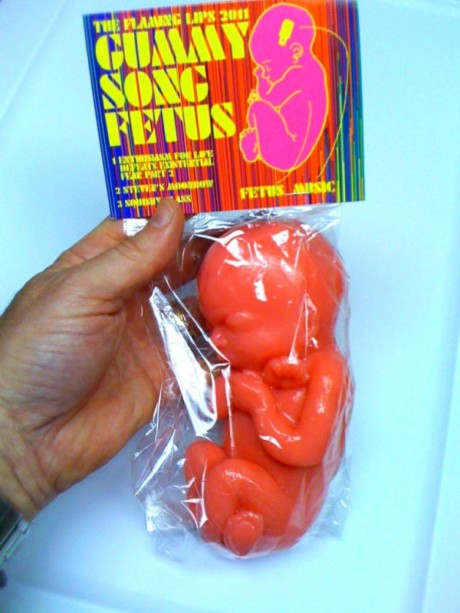Fredy Granillo
Fredy Granillo is a Salvadoran artist and is 29 years old. Currently he is working on his thesis at the National University. His is a singer/songwriter, painter, and ceramist.
[slideshow id=49]
Image 1: Untitled. Acrylic and screen printing paint. 2007. Experiment with yellow packing tape and sponges
Image 2: Untitled. Acrylic and (olio) on canvas, June 2011. 2 meters by 1.70 meters. The first work of a series on marginalized urban communities still in process. Granillo experimented with some techniques new to him in this work; he used yellow packing tape to create the texture of the brick lines, and a spray bottle to scatter a final layer of red drops. One thing that Granillo wanted to convey in this piece is the “improvised architecture” of this type of community. (Granillo studied some architecture during high school.) “The houses are built atop each other, they’re hanging on the sides of steep ravines, etc,” Granillo explained. “Yet, I wanted to emphasize that within these marginalized communities there is normal life too: childhood, bike-riding, etc, still happens.”
Image 3: (Artist pictured.) The work is based on photographs the artist took of an impoverished and violent inner-city community in San Salvador, called Tutunichapa. The community is located next to one of the largest shopping malls in Central America.
Image 4: “Realiti,” 2007. Graphite on paper with some acrylic. 2m x 1.70m. This work is inspired by reality television shows and the effect that the artist saw on Salvadoran society as they became popular. The faceless bodies and unending lines represent the artists’ opinion of how reality series hijack people’s individuality in an effort to create drama and sell it to the public. “I am at once part of and judge of this work. I watched reality television shows as I criticized them.” This aspect of the piece is clear in the center face, which is a self-portrait. Fredy expresses a particular admiration for this work, stating that he believes he achieved something that he hasn’t been able to achieve again in terms of line quality, scene development, and the overall balance of the work.








